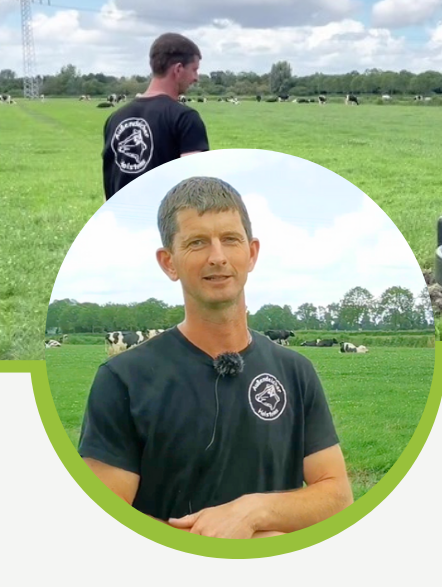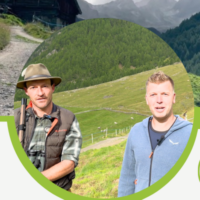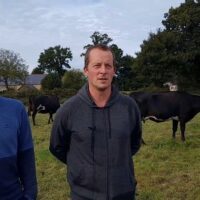How pasture infrastructure can optimize intensive production systems
Description
Practice abstract
Marko and his family farm about 140 ha of gley grasslands and 17 ha arable land set aside for maize in the coastal plains of Northwestern Germany. As a grazing-oriented farm with 180 Holstein dairy cows, they have a lot of high-yielding cows to feed from the pastures. Their challenge therefore was to satisfy the animals’ high energy demand with what can obtained from the grass. Therefore, they invested in their farm road infrastructure and built the mainly used farm roads with concrete. In this way, they ensure smooth transitions between the pastures to the milking parlor making the paddock rotations easier and faster. Another important and often overlooked requirement for pasture-based milk production, especially with high-yielding breeds, is the sufficient provision of water. Thus, another investment included the extension of multiple water troughs into all paddocks, providing water ad libitum to the grazing animals. To oversee the extensive network of water pipes on the farmland, to measure the exact consumption and to monitor leaks, Marko equipped every trough with a water meter.
Besides his focus on infrastructure optimization, Marko aims at making the most of the grazing season and grazes his animals as early in spring as possible and keeps them on the pastures as late in the year as grass quality allows it. This includes day-and-night-grazing during June, July and August, when animals go back indoors for the milking only.
Context profil

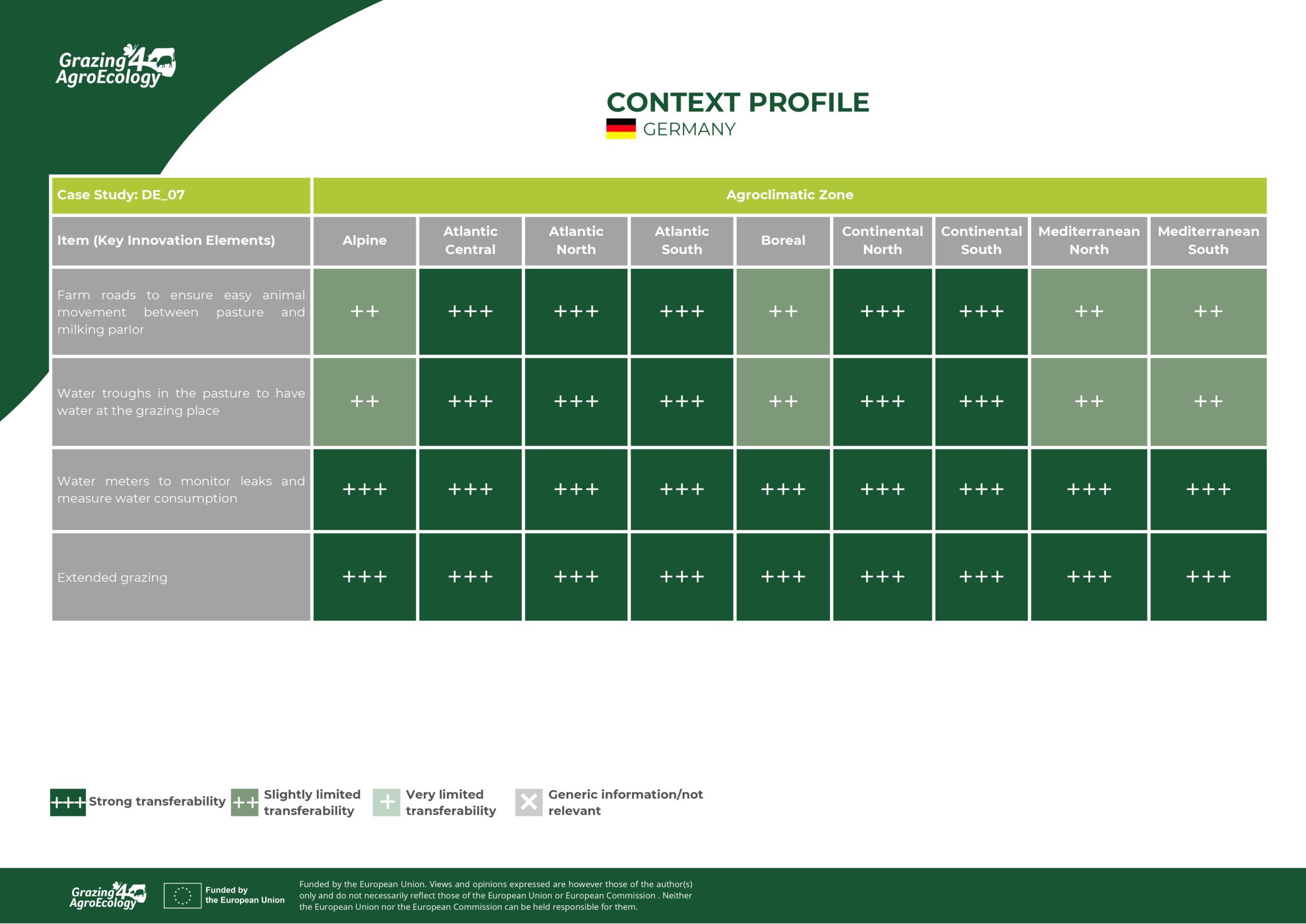
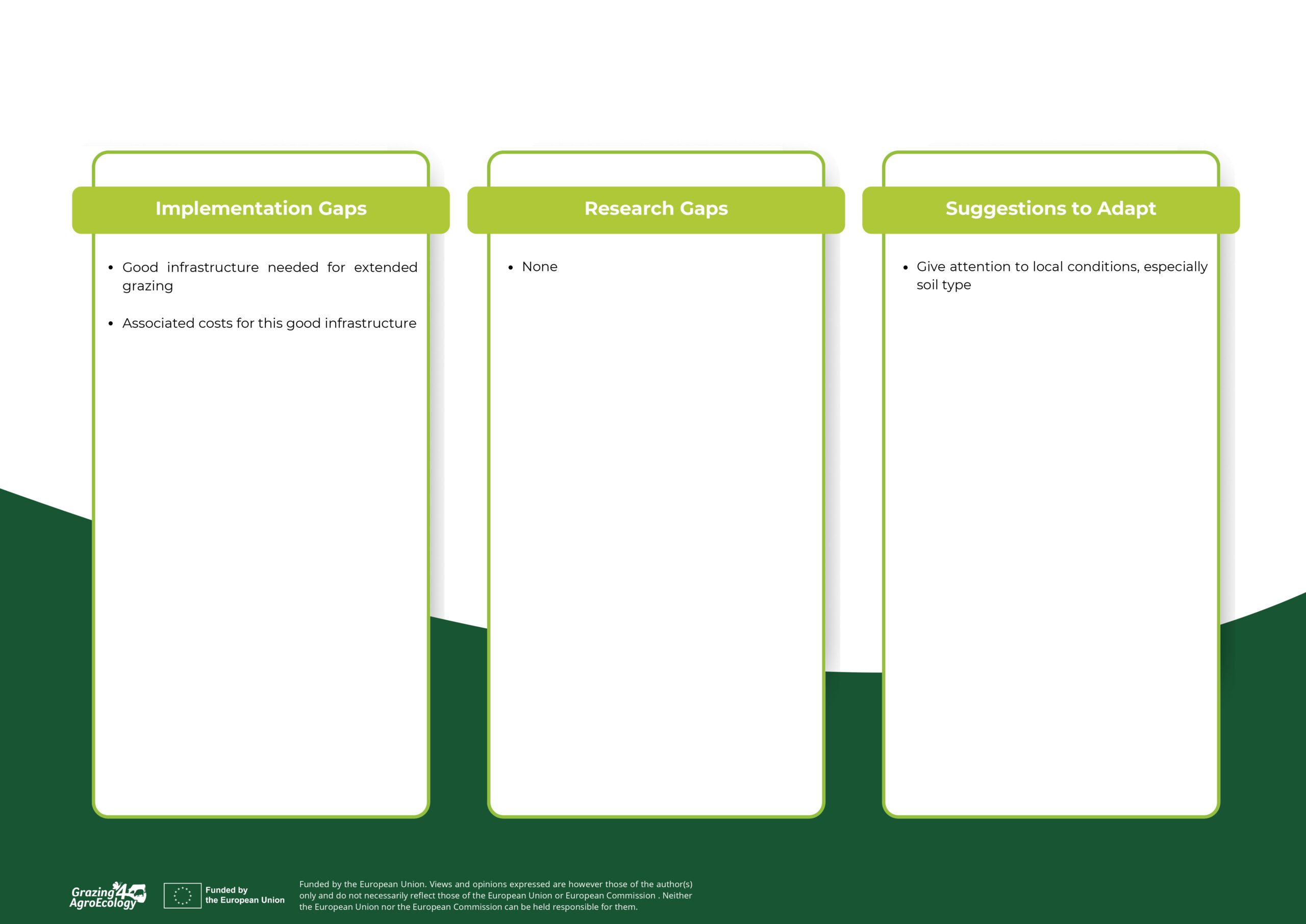
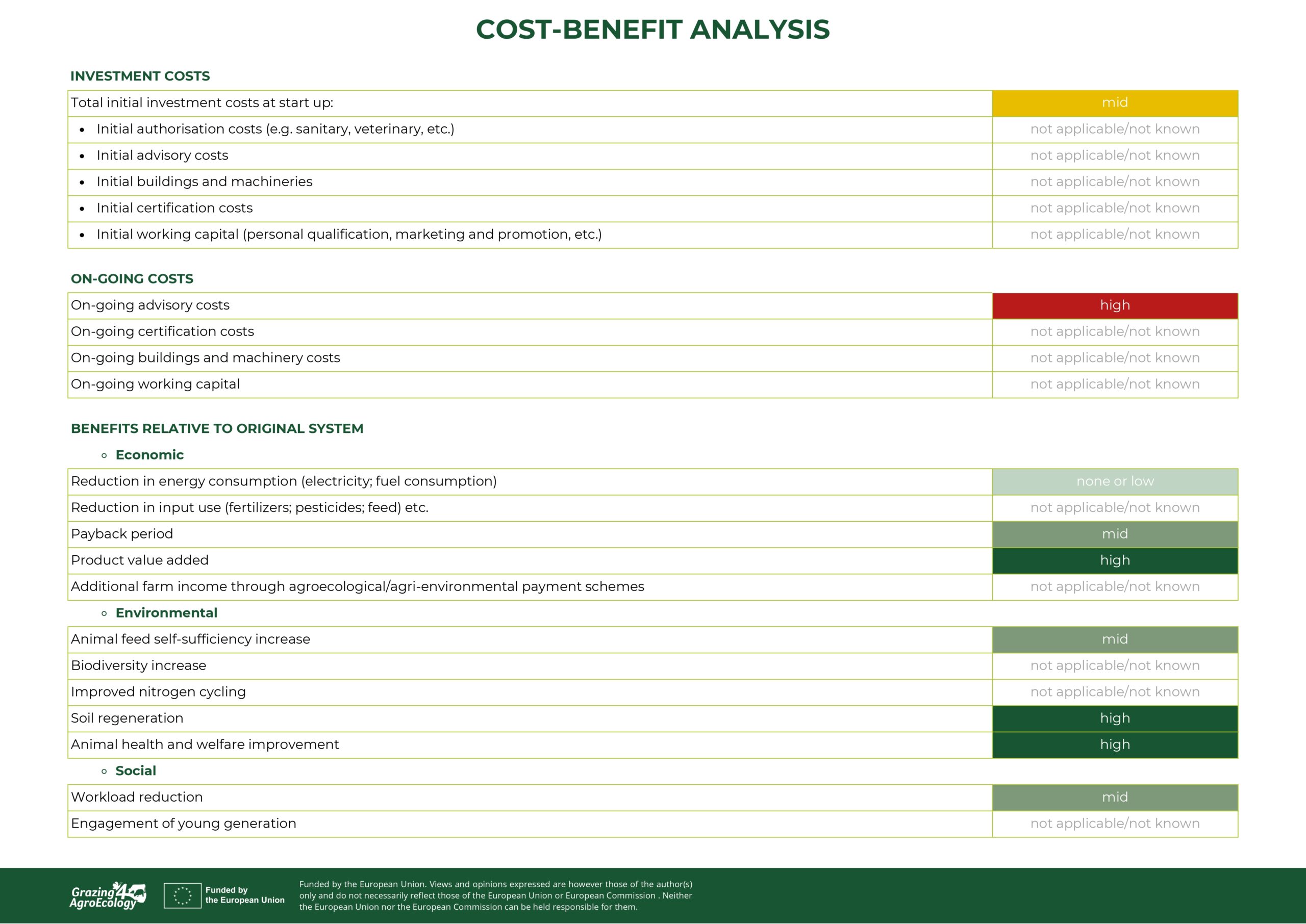
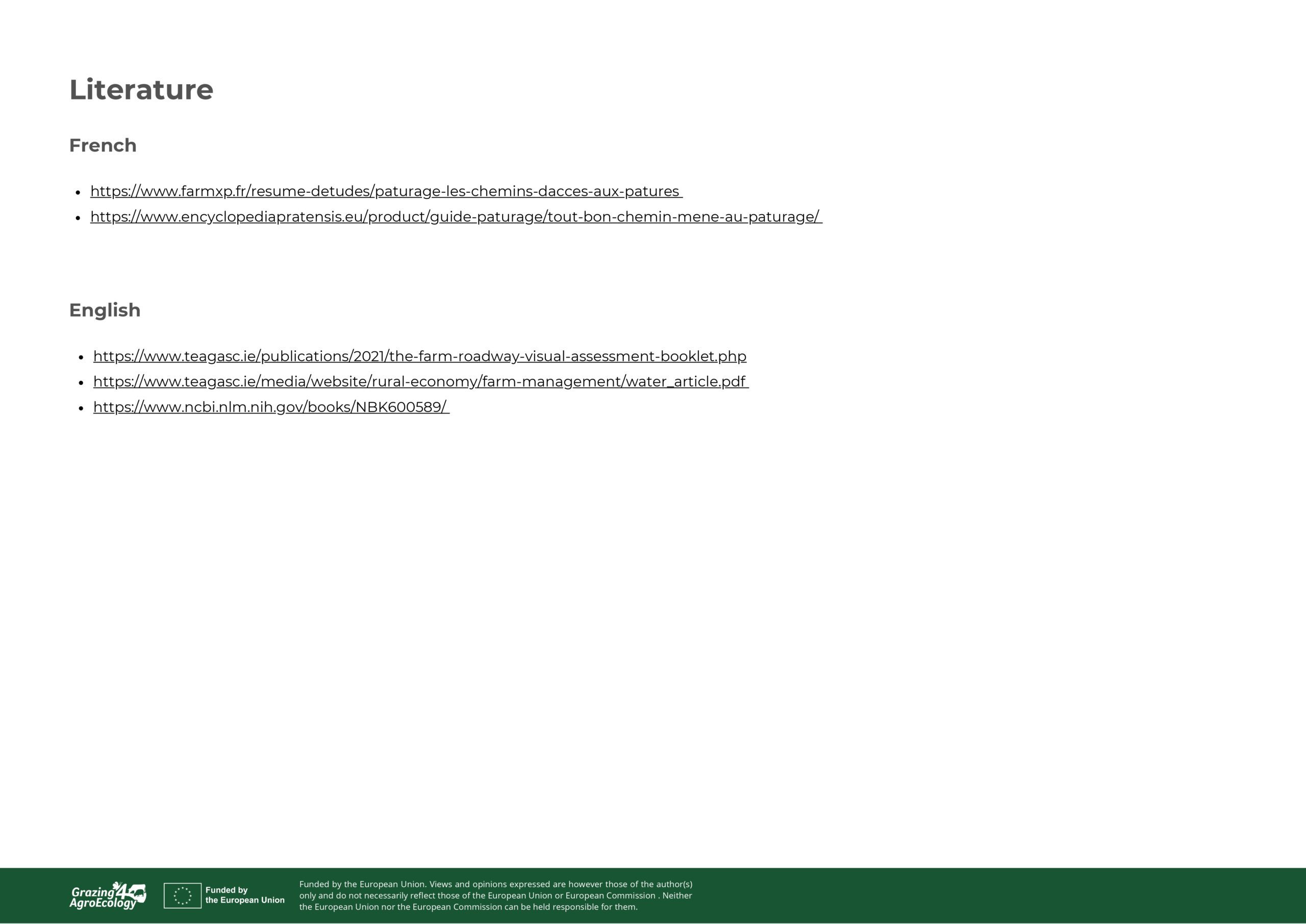
Additional information
| Main domain of innovation | Animal management |
|---|---|
| Agroclimatic area | Atlantic central |
| Climate | Moderate rainfall |
| Soil Type | Qley |
| Management | Pasture dairy |
| Technical | Difficult |
| Finance/investment | Mid |
| Market | Global |
| Social | Full-time farmer |
